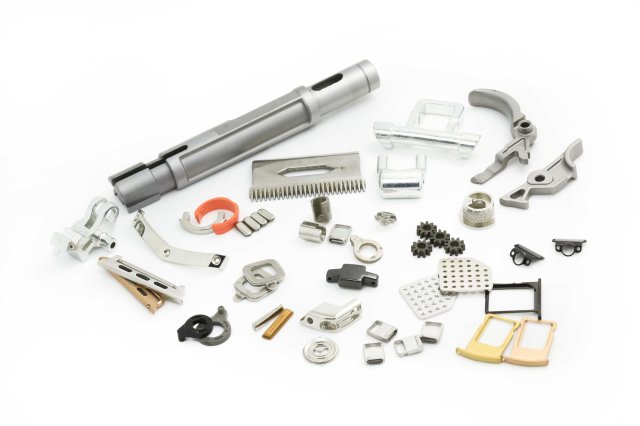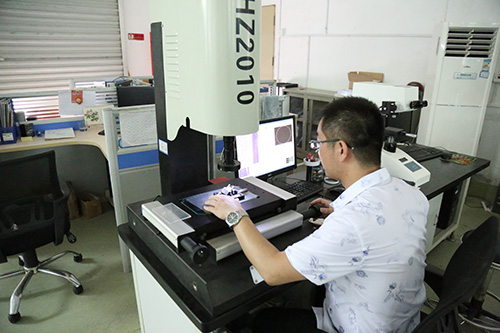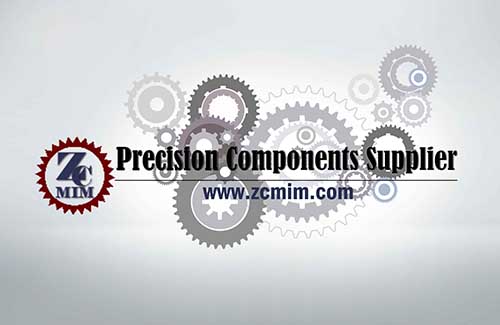Metal injection molding products(
mim parts) used in automobiles are very high-tech products that can reduce the weight of automobiles and reduce the manufacturing costs. They also have the function of optimizing the production technology of automobile industry products and enhancing the competitiveness of the automobile industry. Currently, the metal injection molding parts are used in automobiles has more than 400 kinds.
As a typical net-final manufacturing technology, metal injection molding has advantages in many aspects such as energy saving, material saving, environmental protection, economy and high efficiency, and has been gradually recognized by various industries and widely used; especially, the application of automotive metal injection molding products With the rapid development of the metal injection molding industry has promoted the rapid development of the lane.
Metal injection molding parts can reduce costs and vehicle weight
metal injection molding parts used in automobile manufacturing are mainly sintered metal oil-bearing and metal injection molding structural parts, the former is mainly produced by 90Cu-10Sn bronze, the latter is basically made of iron powder as the basic raw material. Here are some examples of metal injection molding technology applications:
A metal injection molding 64-tooth power take-off drive gear saves about 40% less costly parts machined from steel and does not require subsequent machining of gears; a metal injection molding automotive manual transmission synchronizer ring, as compared to conventional production Of the synchronizer ring, can reduce the cost of 38%; a metal injection molding compound planetary gear carrier, the ultimate strength of castings than the cast iron 40% higher, while reducing the cost of more than 35% ...

Many award-winning mim parts show that metal injection molding parts cannot only replace die-casting parts, forgings, machined parts, it can save labor, save material, save energy, reduce production costs, but also reduce the weight of parts, which is conducive to lightweight vehicles. More importantly, the development of metal injection molding combination parts, marking that some parts can only be made using metal injection molding technology, has important technical and economic significance.
Metal Injection Molding is a “green manufacturing” technology
At present, metal injection molding has been recognized by the industry as a green, sustainable manufacturing technology.
In terms of
continuous functionality, the ultimate metallization power and material utilization of metallurgical powder metallurgy minimize total energy consumption. Compared with the traditional process (hot working + cold working), casting or forging + cutting, metal injection molding process to manufacture the same part requires only a few steps, which can be completed more processes, more complex processes. The ultimate strength of metal injection molding is its main strength in terms of material sustainability.
For example, forming a toothed part can result in up to 40% of the material turned into chips in conventional cutting processes, whereas 85% of the total powder metallurgy is produced from recycled material. In the production of metal injection molding parts, waste loss of each process is generally 3% or less, the material utilization rate of up to 95%.
In terms of
energy sustainability, the conventional traditional manufacturing process requires several heating and reheating processes to finalize the shape. When atomizing the steel powder or iron powder, only the scrap material needs to be melted once, and all other heat Processing operations are carried out below the melting temperature of the temperature, so that not only energy saving but also can be made into the final shape and the formation of the required material properties, mechanical properties. A comparison of material utilization rates for metal forming found that the energy required to make metal injection molding parts was 44% of forged-machined parts.
In terms of
environmental sustainability, due to the ultimate shaping ability of metal injection molding, finished parts are usually produced after sintering, ready for packaging and delivery. In most cases, the cutting oil used to process metal injection molding products is negligible, and the amount of toxic pollutants released by sources such as cooling water is small. Compared with other manufacturing processes, the metal injection molding parts industry is almost harmless to the environment.
Metal injection molding parts is already an indispensable basic type of automobile industry, many world-renowned metal injection molding enterprises have also established wholly-owned enterprises in China, personally believe that in the near future, China will gradually become one of the largest distribution centers of auto mim parts.







